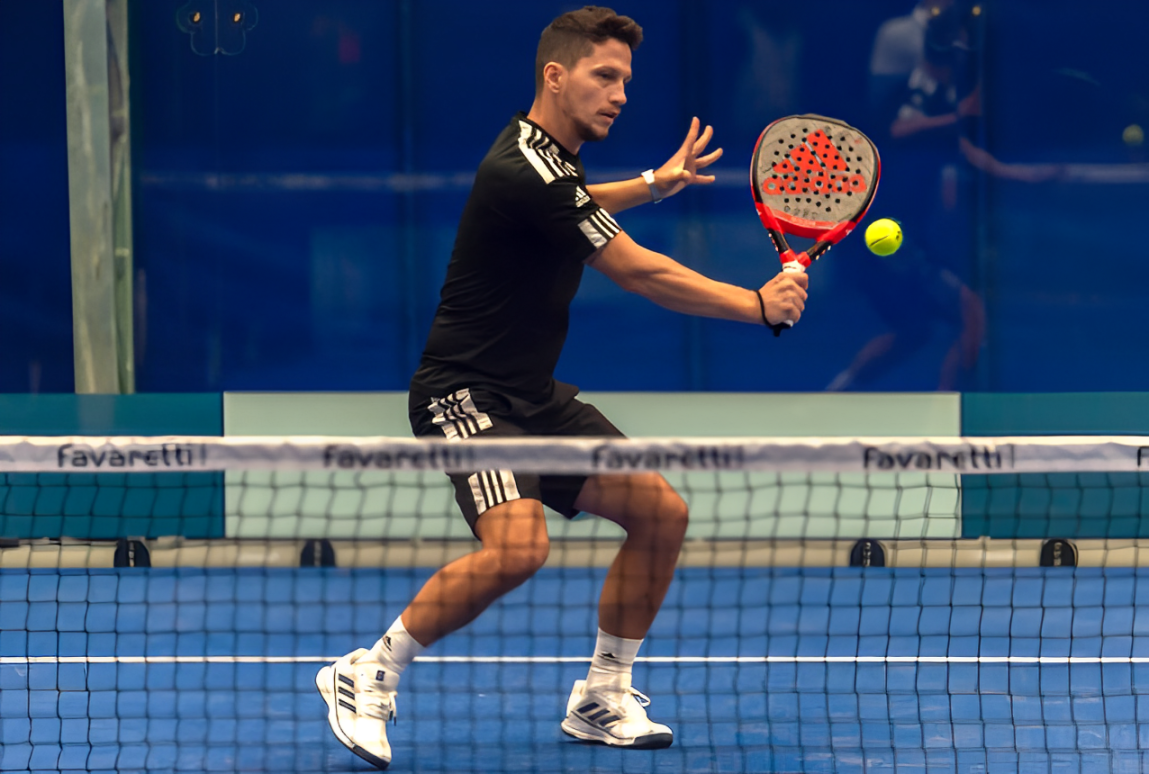Real estate developers are always on the lookout for profitable opportunities in competitive markets. In recent years, sports facilities and clubs have become a promising area for investment. These spaces are not just places for physical activity but also important for urban growth and property value.
Urban planners have been focused on creating more community-friendly spaces to balance the growing influence of technology in modern cities. Meanwhile, real estate developers are searching for ways to make their investments more profitable while also being sustainable and socially beneficial.
One example of a sport reshaping urban spaces is padel. Padel courts take up less space than traditional sports like tennis and soccer, making them an efficient way to utilize urban areas. Let’s explore how sports facilities are impacting real estate and city planning.
Boosting Property Value with Sports Facilities
Sports facilities do more than just offer recreational opportunities. When built in the right locations, they can increase property values significantly. A prime example is Oklahoma City, where property values rose after a new NBA team and arena were introduced. Similarly, the Tottenham Hotspur Stadium in London and the SoFi Stadium in California have transformed their neighborhoods.

Even smaller-scale fitness centers like Equinox, SoulCycle, and CrossFit have helped local businesses thrive by attracting more people to an area. Sports facilities create small economic ecosystems where nearby businesses benefit from increased foot traffic and consumer spending.
For real estate investors, sports facilities are becoming a valuable asset that enhances a neighborhood’s appeal, boosts economic activity, and creates long-term growth.
Transforming Urban Spaces
Developers are now repurposing underutilized urban spaces to create sports facilities. Padel courts are an excellent example of this trend. A single tennis court can be converted into three padel courts, making it a space-efficient solution for real estate developers.
Padel is typically played in doubles, which means more players can use the court at once. This increases participation rates and generates higher revenue for sports facility operators.
Other compact sports facilities, such as pickleball, basketball, and yoga zones, are also being introduced in cities. These spaces can be placed in vacant warehouses, rooftops, or within mixed-use developments, creating vibrant community hubs that integrate seamlessly with residential, commercial, and retail spaces.
Enhancing Urban Lifestyle and Economy
Sports facilities also offer additional services that increase revenue and attract more visitors. Many sports complexes now include spas, saunas, and food and beverage options, encouraging people to stay longer before or after playing. This business model has contributed to the rapid growth of padel clubs across Europe, where abandoned spaces have been converted into thriving sports centers.
Beyond financial benefits, sports facilities contribute to public health by promoting active lifestyles. By incorporating sports into urban planning, developers can help reduce healthcare costs related to sedentary lifestyles and improve community well-being.
Temporary Trends vs. Long-Term Strategies
Although sports facilities present lucrative opportunities, developers must take a long-term approach. The case of Sweden’s post-pandemic padel boom serves as a warning. When employees returned to onsite work, many padel facilities struggled with overcapacity, leading to financial losses. This highlights the need for thorough market research and strategic investment to ensure sustainability.
Developers must focus on long-term value rather than short-lived trends. Understanding the target audience and creating well-integrated sports facilities will help maintain profitability and prevent the risks of oversaturation.
Future of Sports Facilities in Urban Planning
Padel and other compact sports facilities provide valuable lessons for urban developers. They show how cities can optimize space while promoting social engagement and economic growth. By investing in well-designed sports infrastructure, developers can enhance property value, support local businesses, and improve overall urban living.
Furthermore, sports facilities can be integrated into smart city initiatives. By incorporating technology, such as AI-driven facility management, energy-efficient designs, and automated scheduling systems, developers can improve operational efficiency and sustainability. Smart sports complexes can attract a tech-savvy population and further enhance the appeal of urban living.
As the connection between sports, real estate, and urban planning continues to grow, sports facilities will play a crucial role in shaping the future of our cities. From repurposing abandoned spaces to creating community-driven hubs, these developments prove that sports are more than just a game—they are a driving force for real estate success and sustainable urban growth.
Disclaimer: This article has been meticulously fact-checked by our team to ensure accuracy and uphold transparency. We strive to deliver trustworthy and dependable content to our readers.

